In order for a sauna to fulfil its function, you need a suitable sauna heater. Choosing one may seem simple, but there are various requirements that you will need to know about, including the volume of the sauna and the type of electrical installation. Read our guide and find out how to choose the right sauna heater to ensure safe and efficient use.
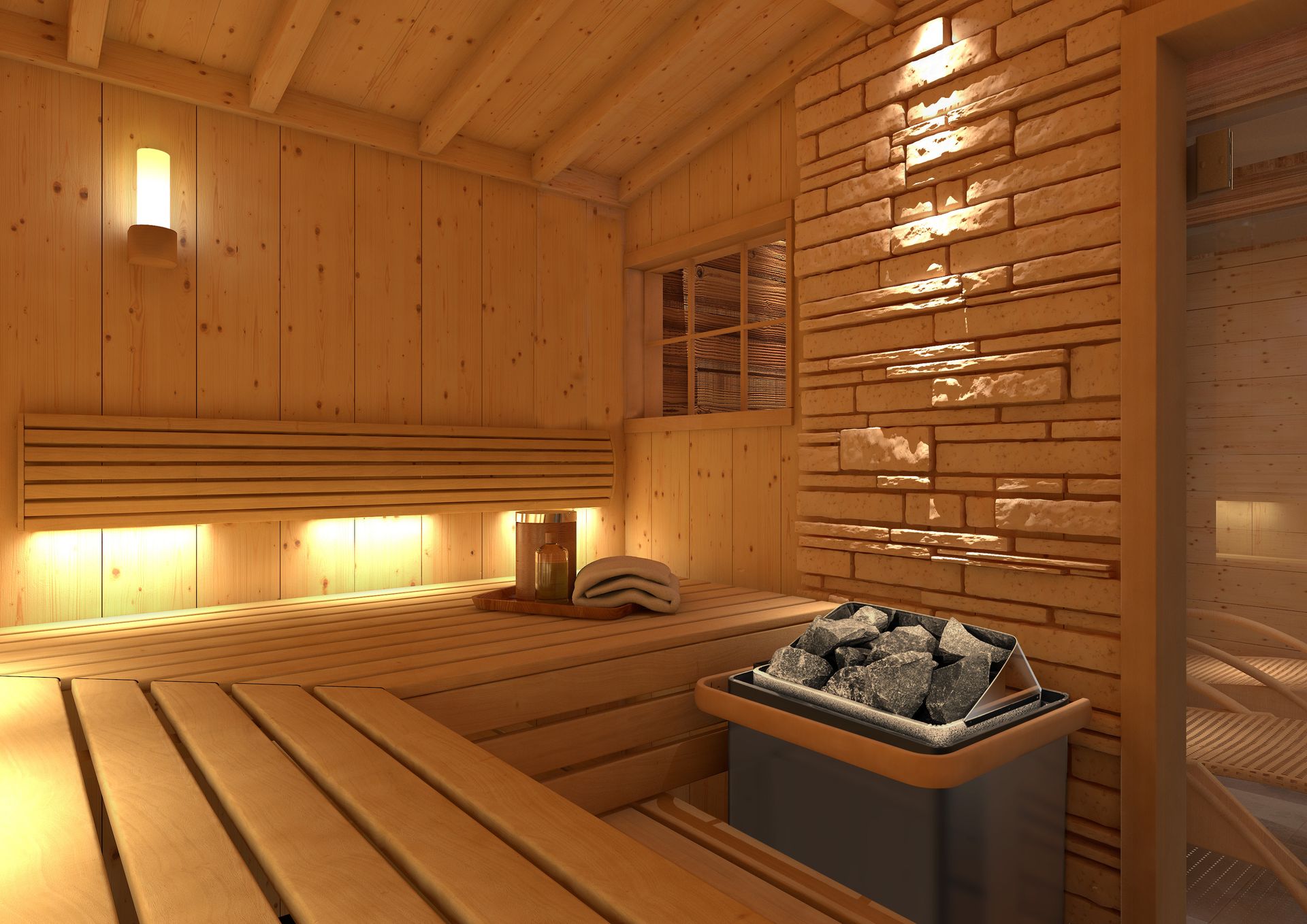
In order for a sauna to fulfil its function, you need a suitable sauna heater. Choosing one may seem simple, but there are various requirements that you will need to know about, including the volume of the sauna and the type of electrical installation. Read our guide and find out how to choose the right sauna heater to ensure safe and efficient use.
Electric sauna heater
An electric sauna heater is the most important element of a sauna, and lets you heat the entire sauna with the optimal temperature. It also lets the water that was previously poured over the stones to evaporate.
Based on the features, the following types of heaters can be distinguished:
- Single purpose – the simplest type. They have a heater that heats the air and the stones sprinkled with water. Watering the stones is not a requirement (Finnish sauna), but it provides a steam effect (steam sauna). A single purpose electric sauna heater is therefore considered a universal model.
- Dual purpose (also called combi) – have a traditional heater and a steam generator. They work well in various types of saunas, but are above all recommended for steam baths (also known as Roman or Turkish baths). Find out about the advantages of using different types of saunas in our next article.
- Multipurpose – the most sophisticated of the described types. They are good not only in dry saunas and steam baths, but also for aroma sessions and salt inhalations. They come with an internal water tank that additionally increases the humidity in the sauna.
- Accumulation heaters – the main elements of this type are an insulated stone tank and the cover. When closed they work with less power, but when open, if you want to use the sauna just sprinkle the hot stones with water to create steam, and make the heater increase its power. Accumulation heaters are always ready for operation and do not require programming before use.
Based on the method of control, the following types of heaters can be distinguished:
- With a built-in control panel – they have knobs for setting the time and temperature located on the housing. The are usually low-power versions, e.g. 2.9 kW.
- With an external control panel – they allow you to control other functions as well. This solution lets you regulate not only the time and temperature, but also lighting and ventilation. They sometimes even have LED displays. External drivers are universal devices, and are suitable for heaters with a different level of power. They are usually easy to use.
Now that you know the types of heater, as well as your needs, it is time to get to know the most important parameters.
Sauna heater power – how much do you need?
Before choosing a sauna heater and any accessories, you should first of all know what the electricity supply and the volume of the room are. Both of these parameters are planned already at the stage of building the house. An electric heater can be connected to a single-phase 230 V or three-phase 400 V power supply. The second type is much more universal, because it fits most heaters available on the market, especially those with higher power, e.g. 8 kW, 9 kW or 11.5 kW. Therefore, if you plan to install a sauna in your future home, you should remember that it will require a final decision in the initial phase of the real estate project. Otherwise, your finished house will then need to be rebuilt.
Knowing what electrical network your house has, you also need to check the volume of the space it will be used in. The power of the sauna heater should match this. Manufacturers always specify the space for which a given model is intended, information about the power output and the required power supply. It is generally assumed that in home saunas 1 kW should correspond to 1 cubic metre. For example, in a room with a cubic capacity of 9 cubic metres, a 9 kW heater will be the most efficient.
What else should you pay attention to when choosing an electric sauna heater? Here are some useful tips:
- The heater should warm up quickly to the selected temperature.
- It should be constructed of solid materials, including steel.
- The stone container should be spacious compared to the size of the whole heater.
- The whole thing should be safe: it should protect against burns in case of accidental contact, as well as an emergency disconnection of the power supply when the stove overheats.
Dry sauna vs steam sauna heaters
The choice of heater for a given type of sauna depends on the users’ requirements. If you choose a single purpose heater then you have two options: a dry sauna (high temperature 90-110 °C, low humidity 10%) and a steam sauna in the case of pouring water over the hot stones (lower temperature 70-90 °C and humidity 25-40%).
In a steam sauna, in turn, you will need a heater equipped with a steam generator. The humidity in the steam sauna is very high – in the range of 45-100%. If, on the other hand, the many benefits offered by different types of saunas are important to you, a multifunction heater will be the best solution.
As you can see, it is not easy to put one type forward, as it all depends on your requirements. When designing your own sauna, you should specify your needs, because not all types will be healthy for everyone. Bear in mind possible contraindications, and in case of any doubts, always consult a doctor.
Wood burning sauna heaters
A wood burning sauna heater is a totally different device. Unlike an electric sauna heater, it emits fumes, so you will therefore need a chimney or flue for ventilation. The wood is burned in the firebox, which must be cleaned regularly. As a wood burned sauna heater heats up much faster than electric models, it must be located away from flammable equipment, e.g. wooden benches. If a safe distance cannot be kept, then it is imperative that you install non-flammable covers. You will also need to store wood.
Although the assembly and operation of this type of heater is a bit more complicated than with electric ones, it also has its advantages. First of all, using wood as fuel you are not dependent on the electricity supply. In the past, all saunas were heated in this way. Traditional saunas today also use wood burned heaters. The fireboxes are equipped with transparent doors that allow you to watch the burning logs when in the sauna. Therefore, if you are looking for a cozy atmosphere, a wood burned sauna heater will be the right choice. Electric heaters, on the other hand, are perfect for modern interiors.
A home sauna – how much will it cost?
When choosing a home or free-standing sauna (e.g. in the garden), you will have to take into account the construction costs. Usually the first type is cheaper, as in the second case you need to remember about the cost of building a separate structure. The cost of the main building material, i.e. wood, is of great importance. More types include Scandinavian spruce and Canadian cedar, while pine is generally much cheaper. Another key aspect influencing your budget is the heater. Low-power heaters for small sauna cabins can be purchased for just over £100, while devices with higher parameters will cost around £250-500.
Fully equipped but small saunas, e.g. 1.6 x 1.6 x 2 metres, will usually cost around £1,500-2,000, while larger ones will be more expensive. The price of the usually separate from that of the sauna itself. If you do not want to buy all the necessary equipment separately, it is worth checking the offers of ready-made saunas, including assembly. However, bear in mind that the final cost in each case consists primarily of the type of wood, interior finishing materials and equipment (including the heater).
When deciding on any technical solution at home, you have to take into account its operating costs. It is no different in the case of a sauna. If you decide to buy an electric heater, your electricity consumption will increase, although rational use (1-2 times a week) will not leave you bankrupt.
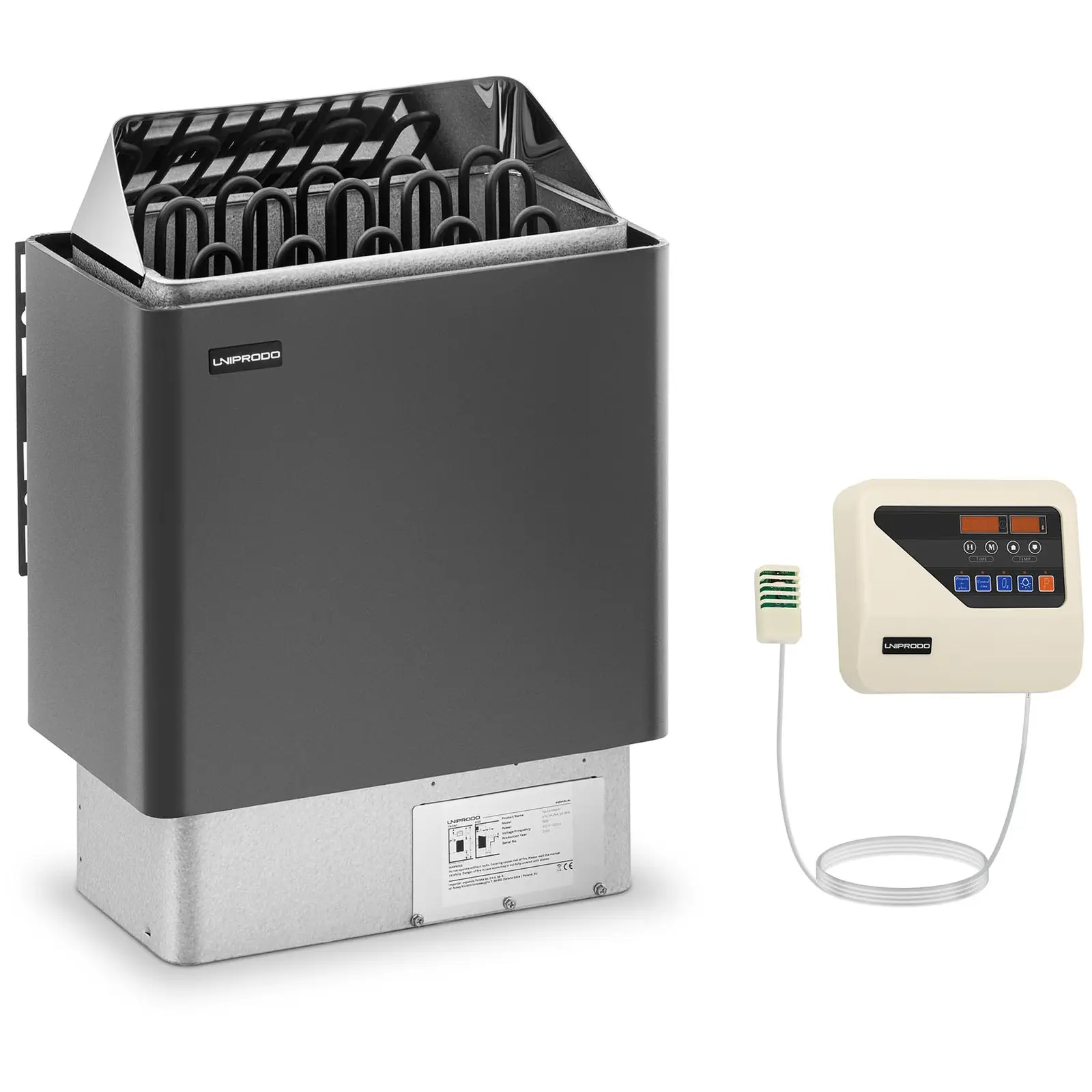
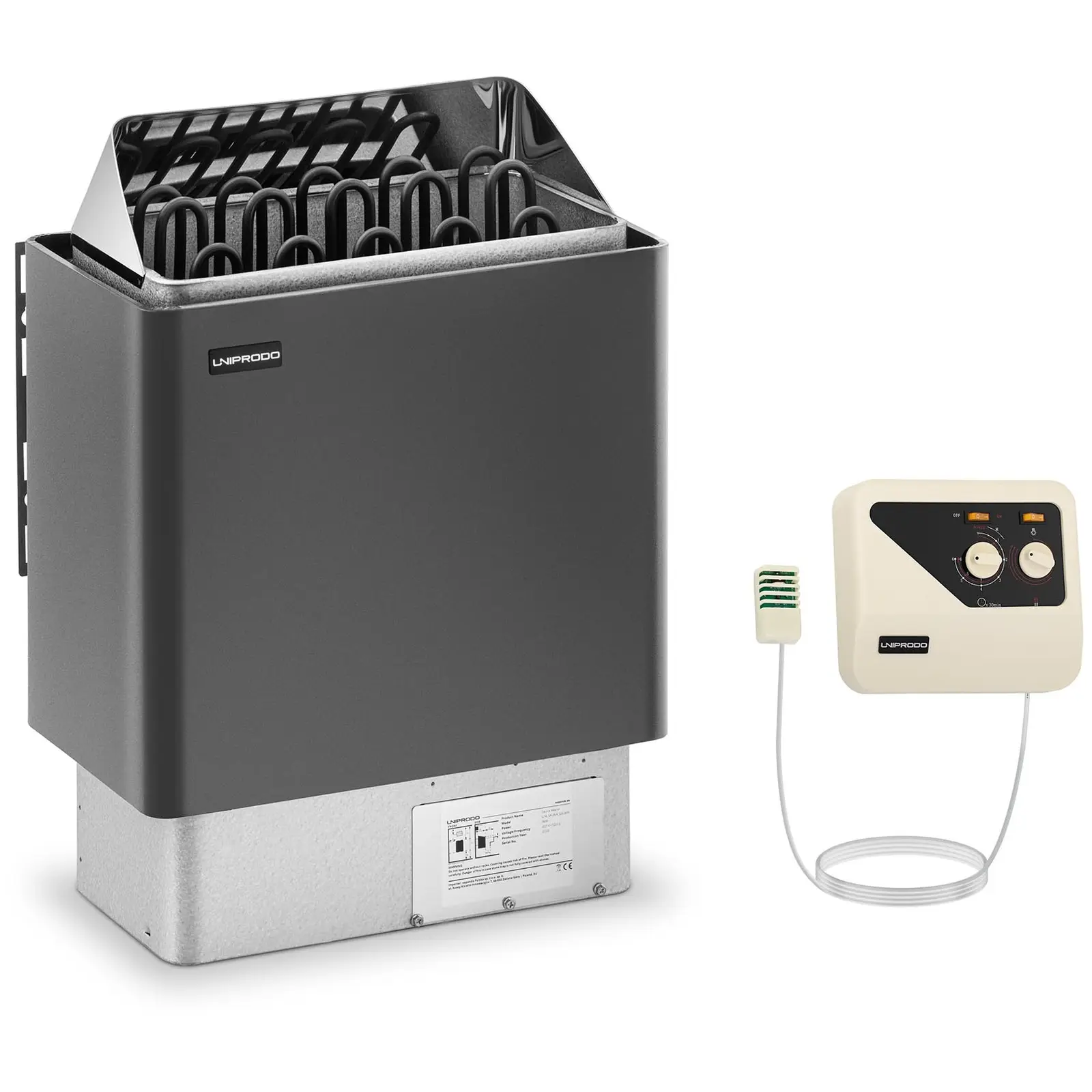
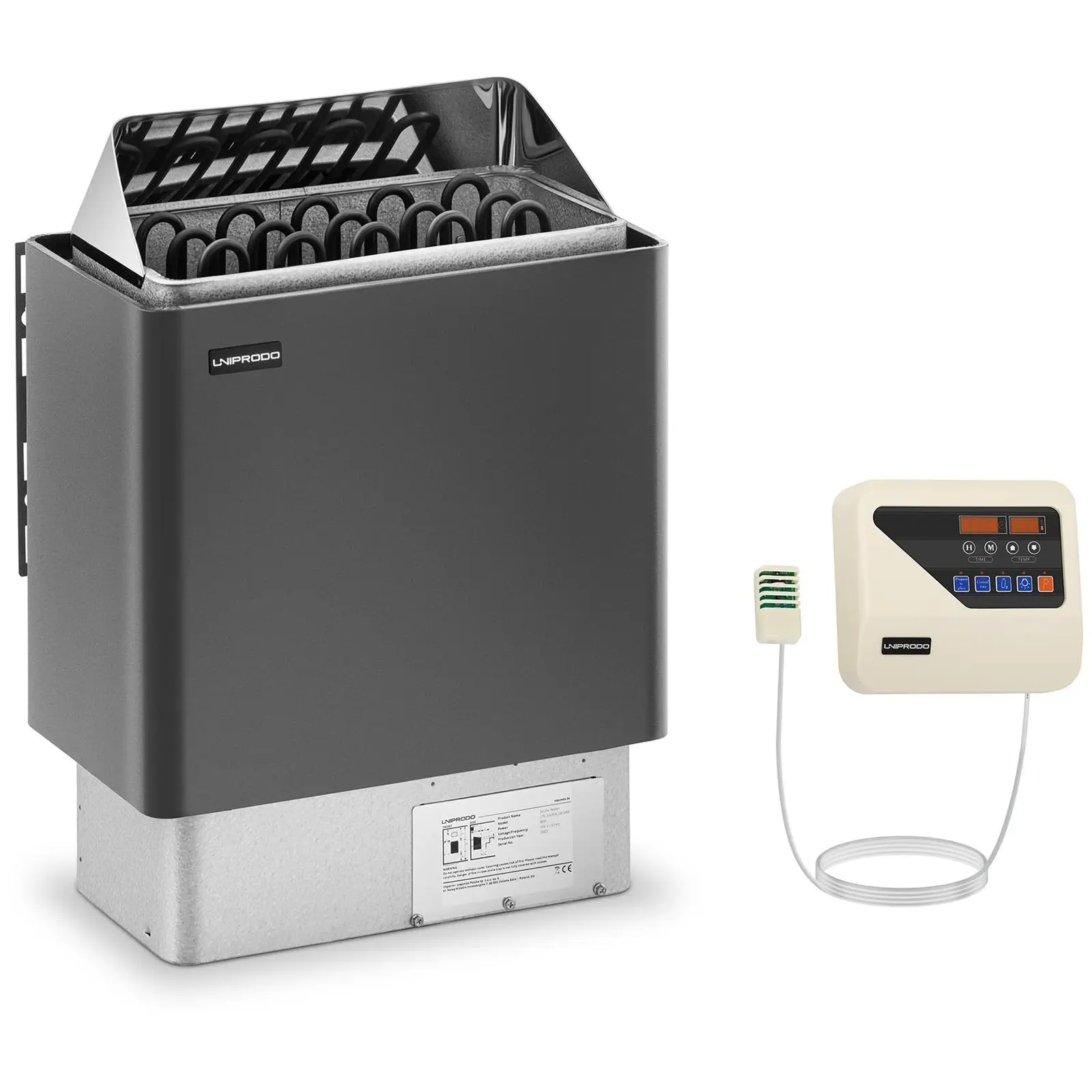

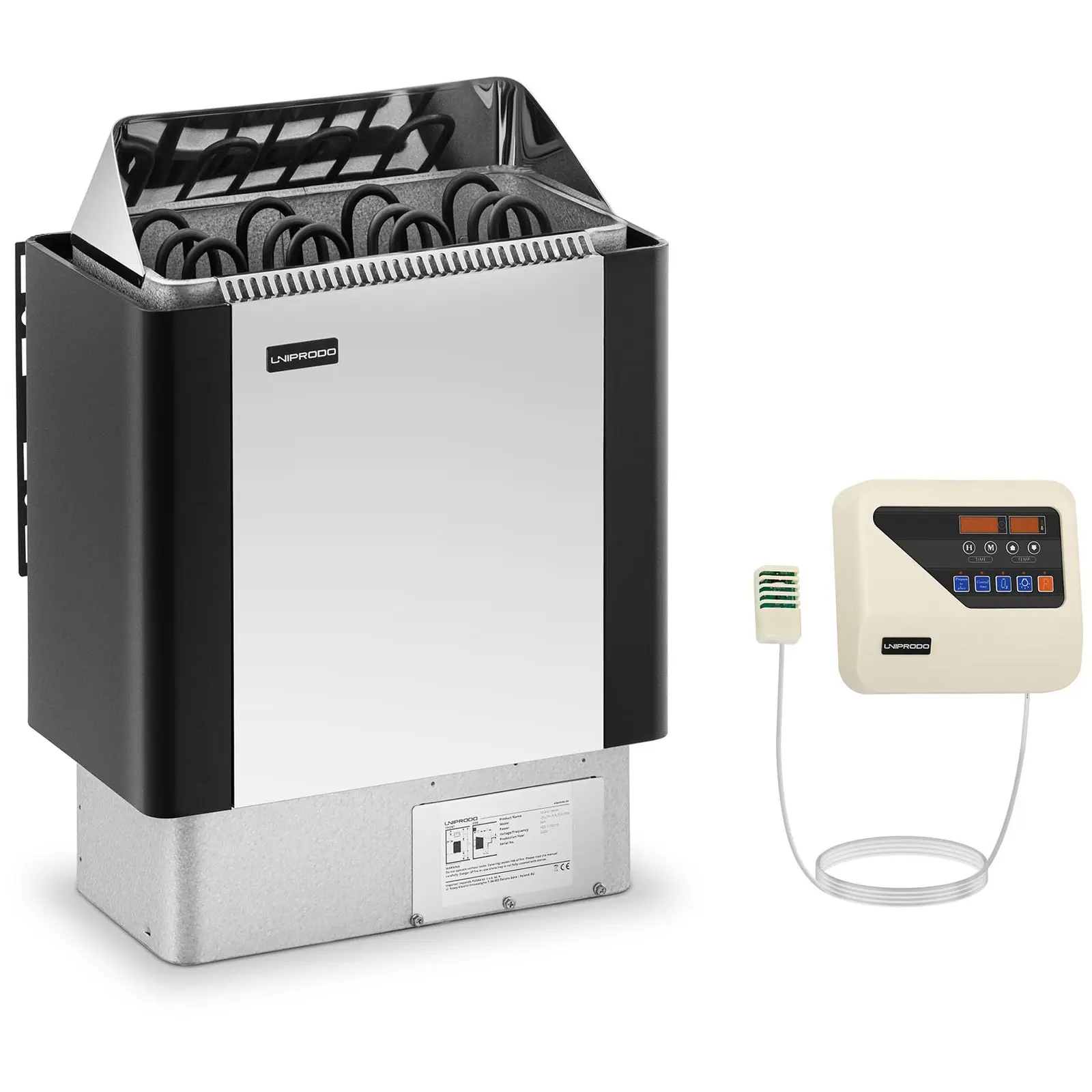
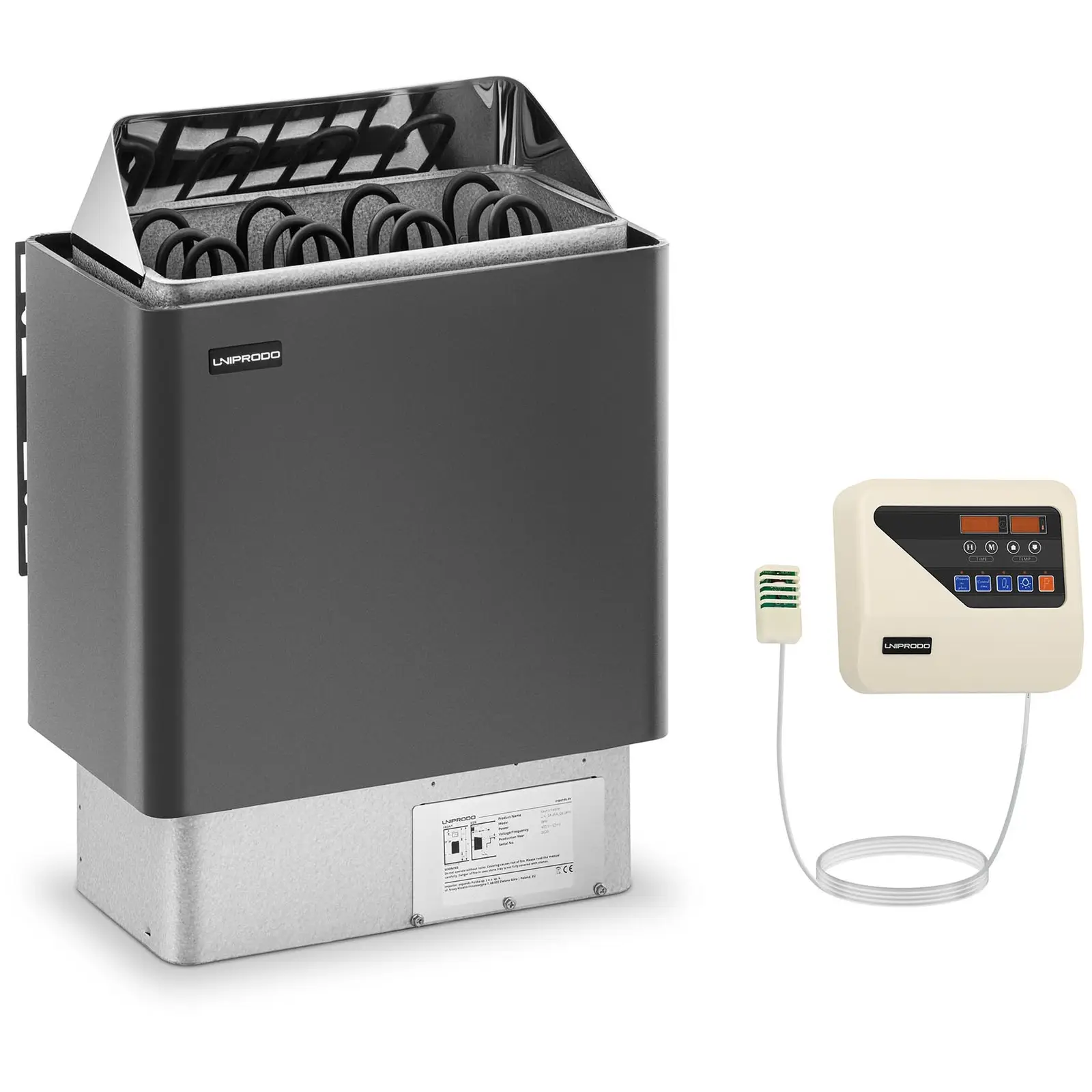

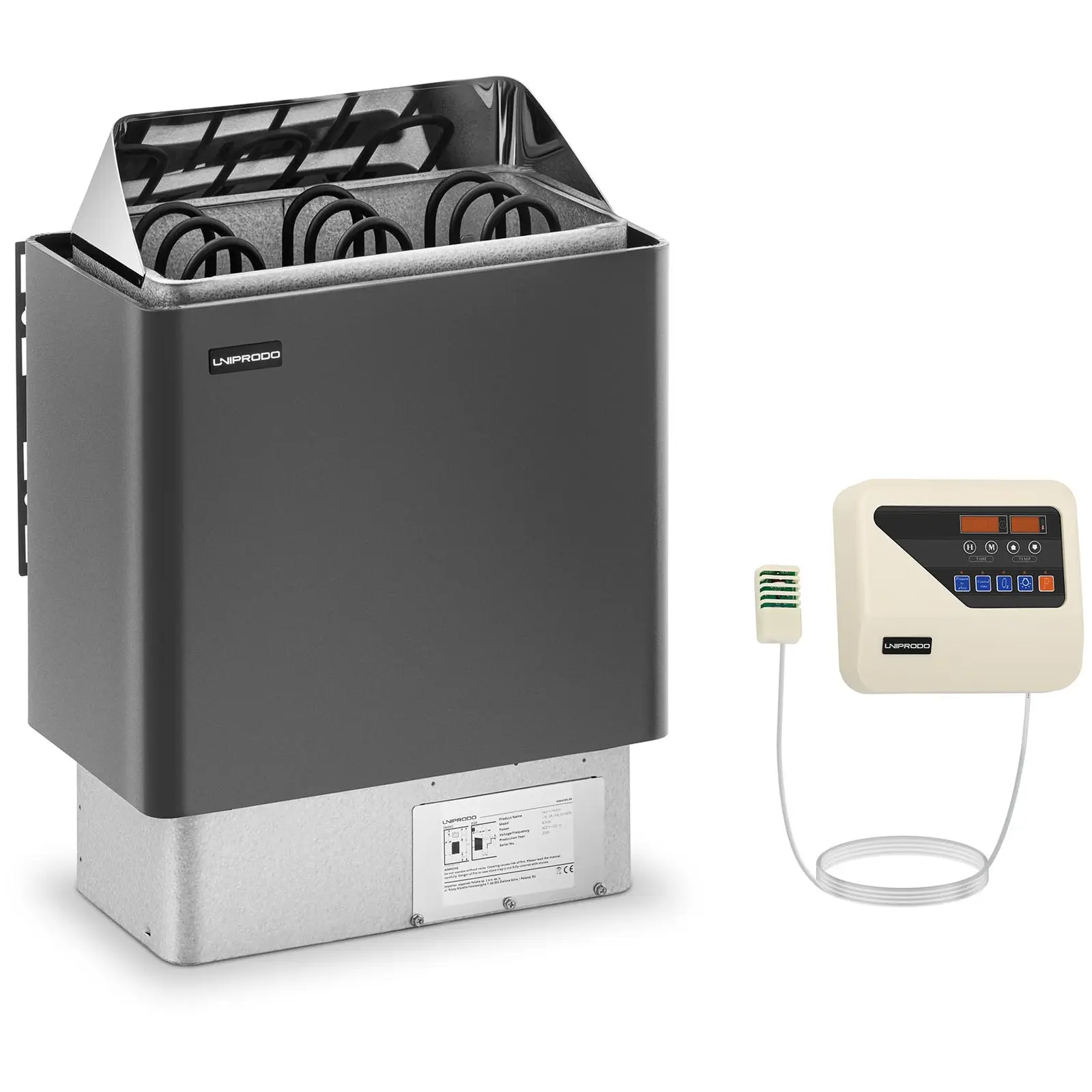
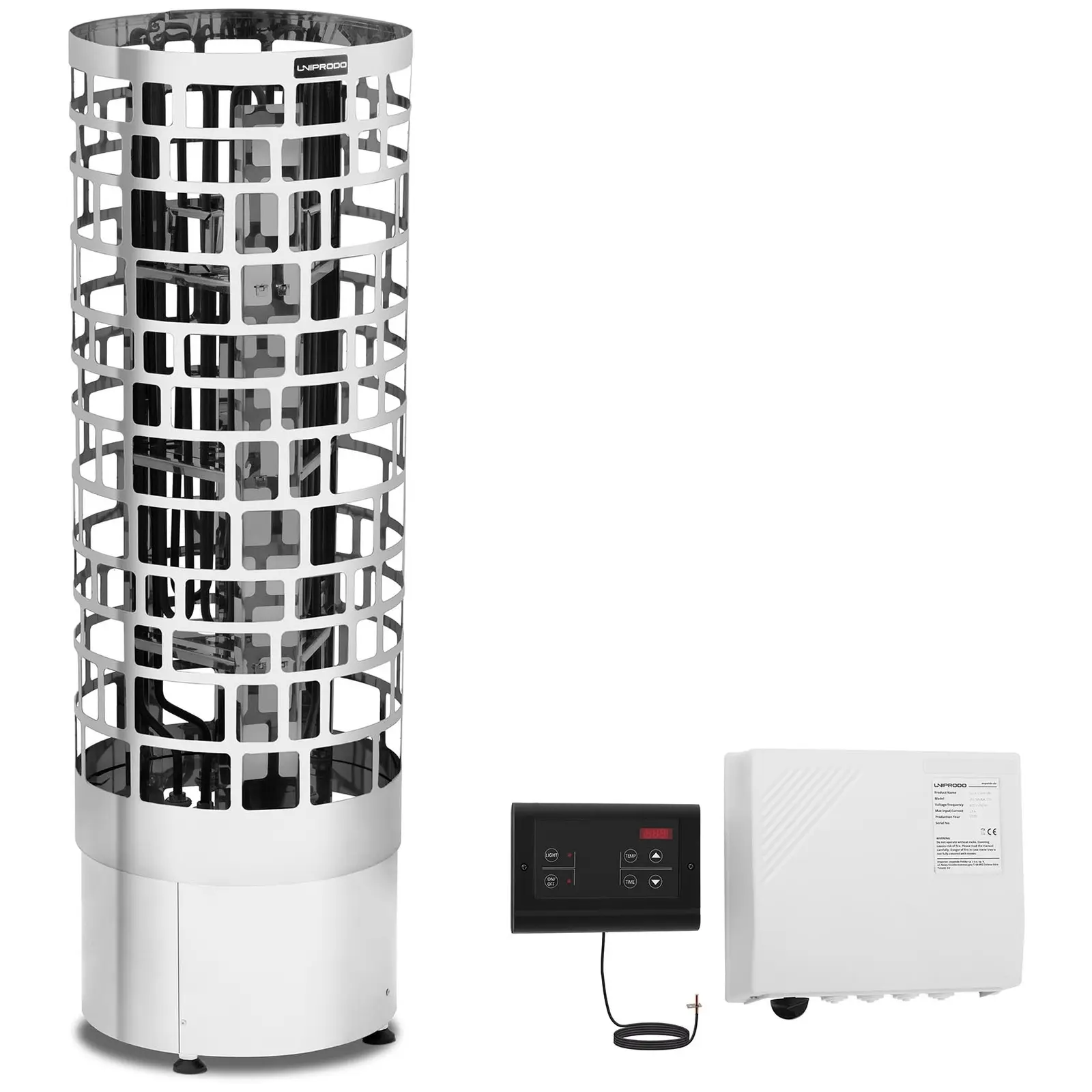

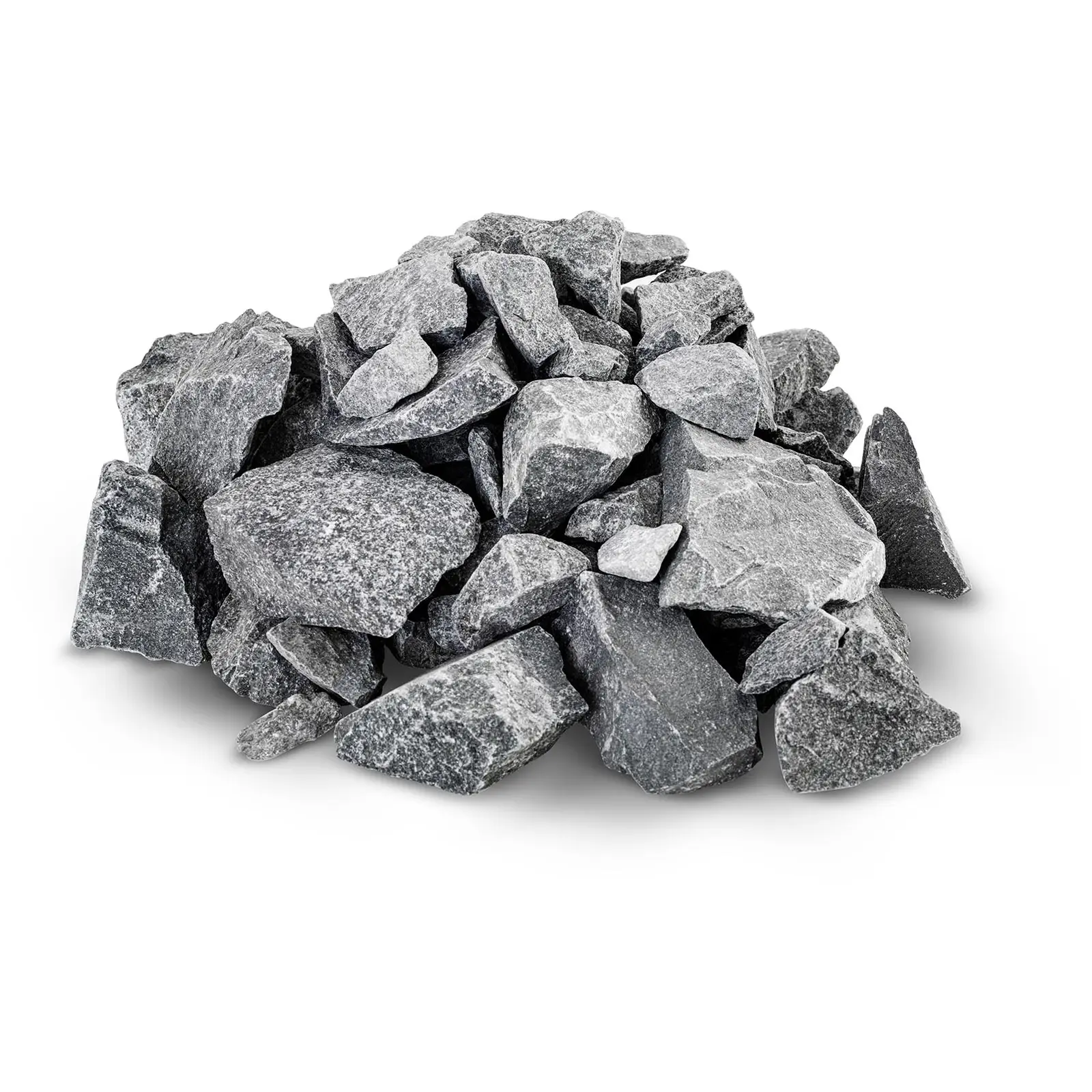




Teilen